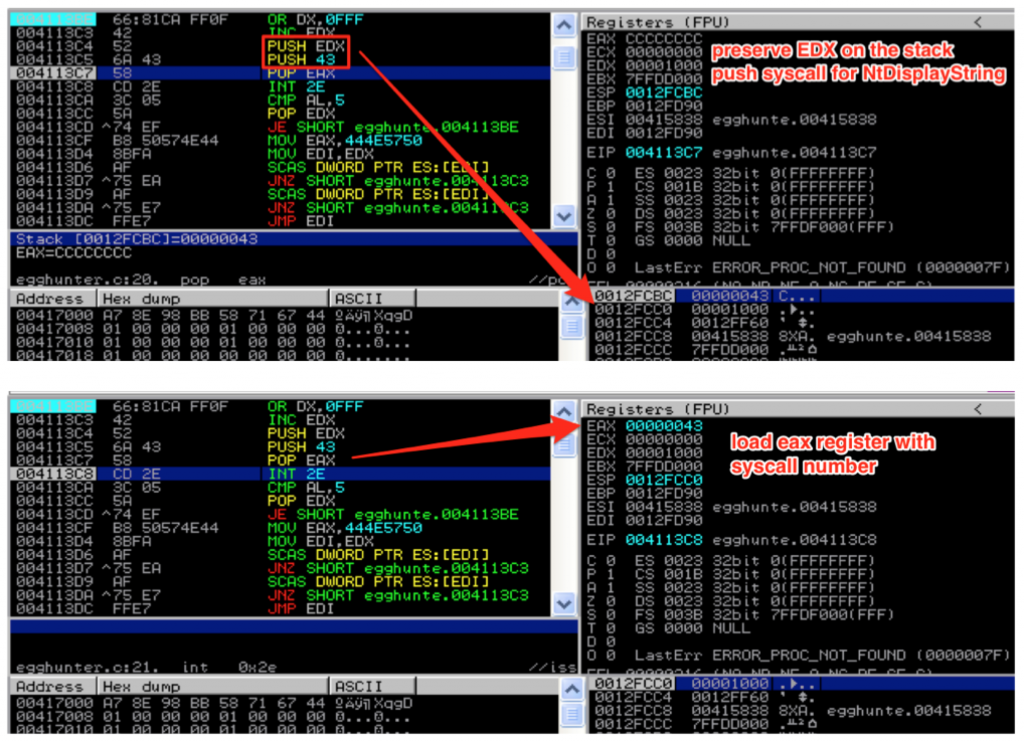
Unless you use this feature, disable the service.

This allows users to clip and paste text and graphics over The ClipBook Service supports ClipBook Viewer, which allows pages to be seenīy remote ClipBooks. Microsoft Security Bulletin MS01-025Index Server Search Function Server ISAPI Extension Could Enable Web Server Compromise at. Microsoft Security Bulletin MS01-033Unchecked Buffer in Index Refer to the following security bulletins for more information on how the Indexing Service has been exploited in previous compromises: Risks: Has been prone to vulnerabilities in the past. The indexing service has been the source of numerous vulnerabilities on IIS Web servers and should not be enabled on public servers unless specifically used.ĭescription: Indexes files on the hard driveĮxecutable: %SystemRoot%\System32\cisvc.exe The Indexing Service indexes documents and document properties on your disks and stores the information in a catalog so you can later search it. Risks: Reveals information about a network Indexing Service This service is not required and in some cases, such as with a Web server, it should not be running.ĭescription: Maintains an up-to-date list of computers on your network and supplies the list to programs that request it The Browser service keeps a list of computers on your network and supplies the list to programs as they request it.
#Inetinfo exploit install
The service does not pose a security risk, but it is not required and is a waste of system resources.ĭescription: Provides the ability to install Windows 2000 Professional on PXE remote boot-enabled client computersĮxecutable: SystemRoot%\System32\tcpsvcs.exe This service is used with the Remote Installation Service (RIS), and should not be running unless the organization installs the operating system through RIS. Risks: No known risks Boot Information Negotiation Layer
#Inetinfo exploit software
If your organization is not deploying applications through Goup Policy, it is best to disable the service.ĭescription: Provides software installation services such as Assign, Publish, and Remove The Application Management service provides communicates with Active Directory to assign, publish, and remove applications installed on the system through Group Policy.

Risks: Potential for social engineering attack Application Management As a rule, you should probably restrict reception of Alerter service alerts to administrators.ĭescription: Notifies selected users and computers of administrative alertsĮxecutable: %SystemRoot%\System32\services.exe
#Inetinfo exploit password
For example, the user might receive a message requesting their password to perform system maintenance or correct a problem. This type of attack, known as a social engineering attack, can result in the user taking some action based on what message was received. Because unseasoned users might not recognize the difference between legitimate and illegitimate Alerter service notifications, someone might be able to trick a user into thinking he or she is getting a message from a system administrator. It works in conjunction with the Messenger Service, which receives and routes Alerter messages. The Alerter service notifies users of administrative alerts (disk failure, space allocation problems, and so on). The strategy here is to reduce risk by not running services unless they are specifically being used for a needed purpose. Keep in mind that just because I recommend not using a service does not mean that the service poses a direct security risk. In the following list, you will discover some of the most common services and some risks they might pose. If you carefully choose which services you run on a server, you can significantly reduce that server's exposure to attack. Understanding each Windows 2000 service and shutting off unnecessary services will keep your server more secure than creating accounts for each service.


 0 kommentar(er)
0 kommentar(er)
